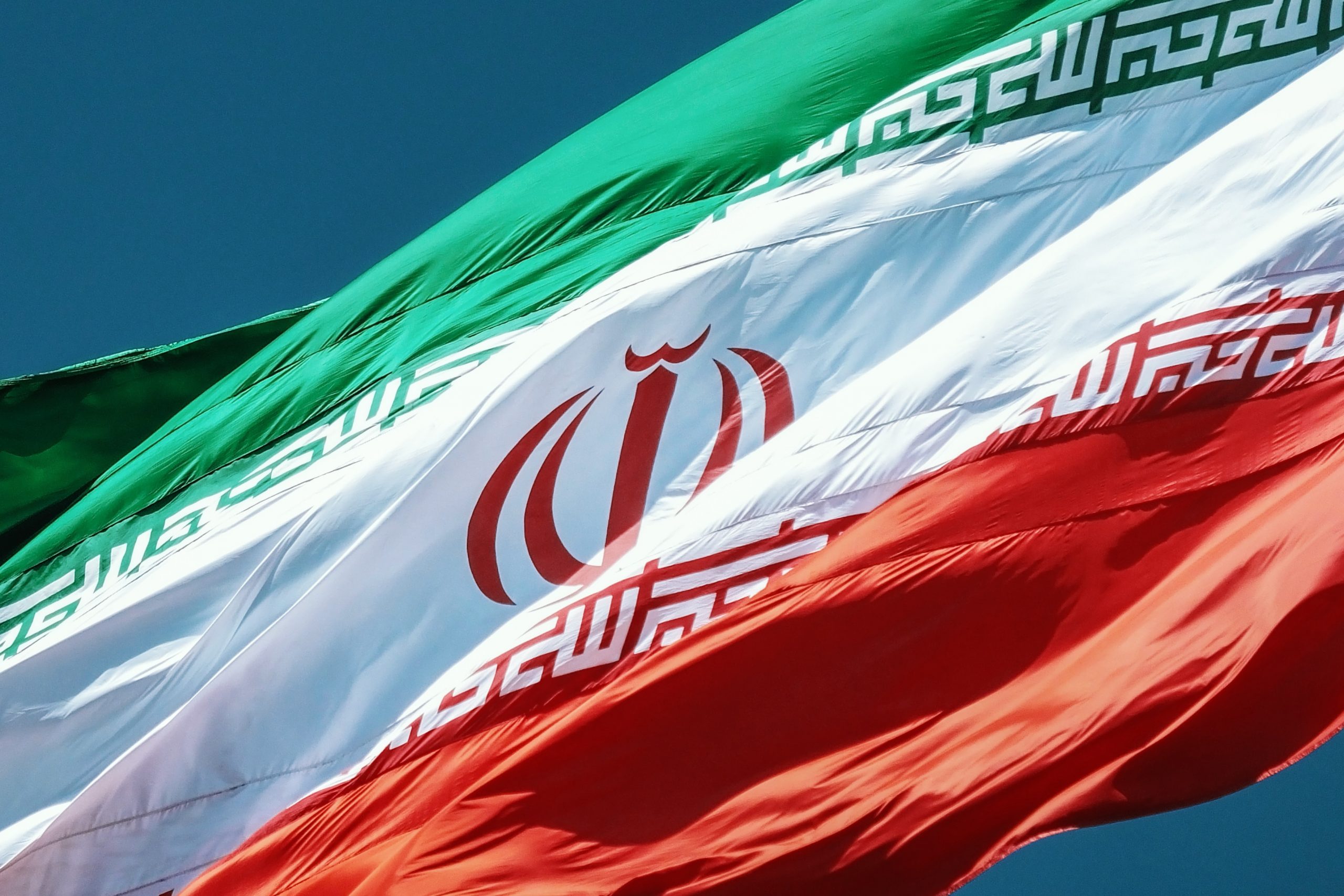
Lauren Moye, FISM NEWS
[elfsight_social_share_buttons id=”1″]
Officials have pointed to Iran as the party responsible for drone attacks launched against U.S. military troops housed on a Syrian base.
AP News reported: “Officials said they believe the attacks involved as many as five drones laden with explosive charges, and that they hit both the U.S. side of al-Tanf garrison and the side where Syrian opposition forces stay.”
These officials spoke anonymously to AP News. They identified the drones used in Wednesday’s attack as originating from Iran, although the drones were not launched from within the country. The anonymous sources confirmed that “Iran appears to have facilitated their use.”
U.S. stations troops at the al-Tanf base to train Syrian forces to fight against Islamic State militants. The base itself is set on a vital road that runs from the Iranian capital city of Tehran to Israel. No injuries or deaths resulted from the attack.
AP News’ sources contradict Pentagon spokesman John Kirby, who said during an earlier Monday press conference, “I’m not in a position to get into attribution [on the al-Tanf attack] at this point. We have seen these kinds of attacks in the past from – from Shia militia groups, which we know are backed and supported by Iran.”
When pressed by a reporter if a Shia militant group planned the attack, Kirby reiterated that he was not going to make a public attribution for the attack. He also declined to give specific information on munitions used or if the base received an advanced warning of the strike. He instead called it “a complex, coordinated, and deliberate attack.”
Fox News Pentagon reporter Lucas Tomlinson claimed that the U.S. military had received a tip prior to the drone strike. He tweeted, “Bomb fragments later found where U.S. troops sleep.”
Kirby also hesitated to comment on if the U.S. planned to respond with military force. He stated: “The protection and security of our troops overseas remains a paramount concern for [Defense Secretary Lloyd Austin] and that if there’s to be a response, it’ll be at a time and a place and a manner of our choosing, and we certainly won’t get ahead of those kinds of decisions.”
This attack escalates tension between Israel, the U.S., and Iran. Two weeks ago, Israel launched missile strikes against the Palmyra region of Syria. Syria reported that one soldier was killed in these strikes. Pro-Iran militias warned there would be a “very cruel” retaliation.
AP News also reported that an official with the Axis of Resistance, a military alliance that includes Iran, said to “consider that the strike on Tanf was an implementation” of this promise. The U.S. has denied involvement with the Palmyra missile strikes.
Meanwhile, the U.S. has been attempting to negotiate Iran’s return to a 2015 deal that would limit its use of nuclear weapons. Diplomatic solutions have failed so far. U.S. Special Envoy for Iran Robert Malley told reporters yesterday, “We’re in a critical phase of the efforts to see whether we can revive the JCPOA [Joint Comprehensive Plan of Action].”
FISM News previously reported that Biden’s administration is committed to Israel’s security, which includes “ensuring that Iran never gets a nuclear weapon.” A U.S. senior official stated in early October that while “diplomacy is the best path to achieve this goal” the U.S. “is prepared to turn to other options” if negotiations fail.
It is still unknown what those other options will look like.
